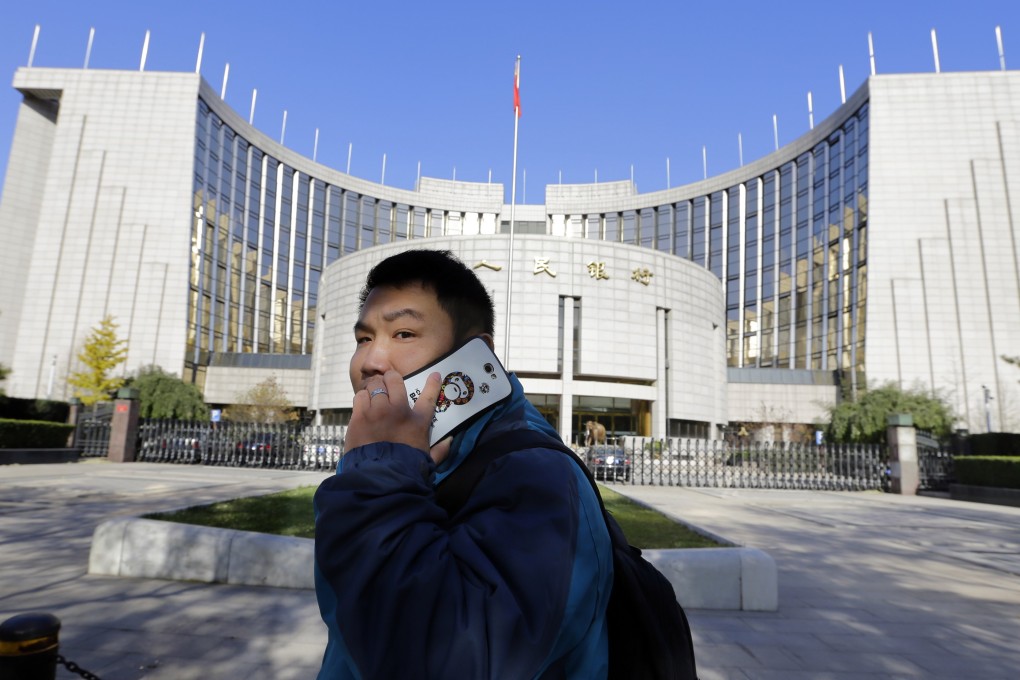Macroscope | Beijing’s ‘new normal’ currency policy does not imply a weaker yuan

The People’s Bank of China (PBOC) has been intervening less in the foreign exchange market since it moved to squash speculators making the so-called “one-way bet” trade on yuan appreciation in early 2014.
The currency has been in a “new normal” paradigm since, in which two-way trading and currency volatility have finally become a reality.
Market players have responded by increasing onshore foreign exchange hedging activity, which helped weaken the yuan in late 2014 and led to its 2.5 percent decline against the US dollar for the year.
That move has led some analysts to jump to the conclusion that the yuan will drop sharply in 2015, but it’s a conclusion based predominately on their view of the rate of the yuan versus the US dollar, largely ignoring the Chinese currency’s trade-weighted exchange rate. And it misses the fact that the PBOC’s policy stance is focused on the trade-weighted rate.
According to estimates from the Bank for International Settlements (BIS), the dollar, the euro and the Japanese yen have the biggest weights (21 per cent, 18.4 per cent and 16.8 per cent, respectively) in what it believes to be contained in the currency basket against which the PBOC manages the yuan.
If the PBOC targets a stable trade-weighted average exchange rate, weakness in the two heavyweights versus the dollar – the euro and the yen – implies that it would have to devalue the yuan.

